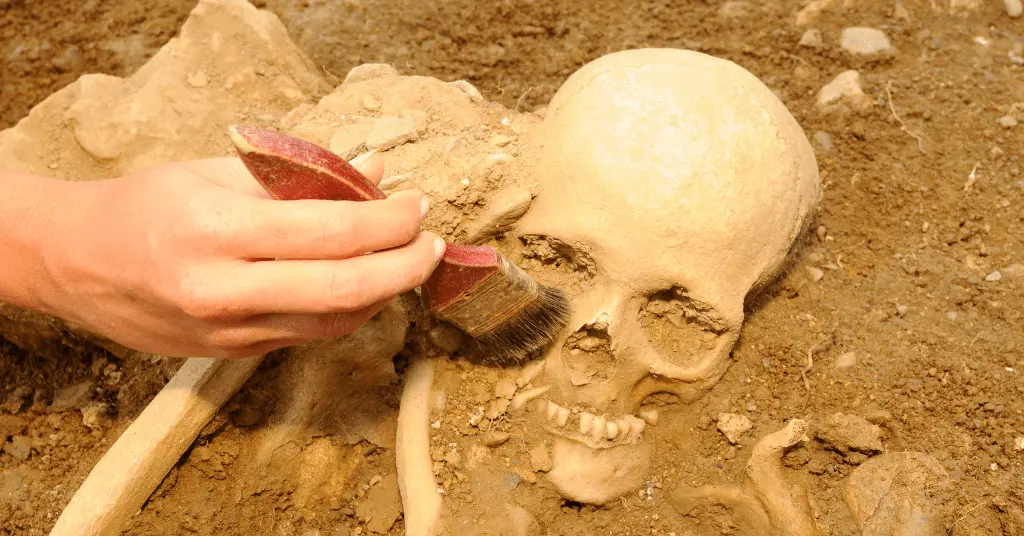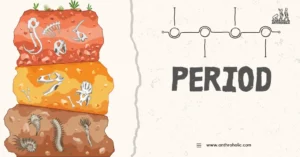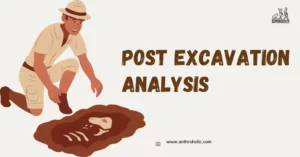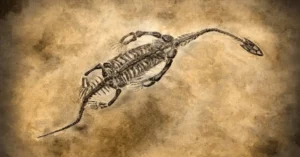AI Answer Evaluation Platform Live Now. Try Free Answer Evaluation Now
Archaeological Practice
In 1904, Sir W.M. Flinders-Petrie published the book ‘Methods and Aims in Archaeology’. The book is surviving proof that consciousness regarding ‘what archaeologists do and how they do it’ has existed since the discipline was in its infancy. The book contains all possible information at the time about archaeological excavations, field methods, documentation and recording of artefacts as well as their careful preservation. Flinders-Petrie was the father of scientific archaeology, especially in his excavation process.

Over 100 years later, archaeological knowledge continues to flourish. This seems oddly bizarre as archaeology tends to primarily pose as a practical discipline. However, for archaeological knowledge to come into being some archaeological practice needs to be underway.
Knowledge and Practice
It’s safe to say that archaeological practice occurred before archaeological knowledge. Take for instance the Three age system by C.J. Thomsen which classified human history into three distinct technological phases. But for this classification to transpire preceding excavations had to find a host of different artefacts made of stone, bronze and iron. [1]
The excavation works of General Pitt-Rivers and Heinrich Schliemann were attempts to materialise the obscure past that only survived in texts, myths and folktales. Had Schliemann not worked at Troy, the potentiality of pursuing myth through archaeological practice would have never been realised.
Archaeology as Practice
It is difficult to explain what archaeological practice means. Sometimes it refers to archaeological methods, aims and techniques. In many masters programs however, archaeological practice can also include training in how archaeologists think, interpret and write data.[2] With that, it may also entails the process of how archaeological knowledge is created.[3]
Excavation
The foremost field-method in archaeology. The first excavations were done at Stonehenge, England in the 17th century. Before digging though, myriad procedures have to be undertaken including creation of hypotheses,site identification and survey, selection of areas to excavate etc.
Excavation in many ways is the only way to obtain and trace past human activity through material assemblages buried beneath layers of soil. With technological advancements the procedures of identification and survey have become easier owing to Ground Penetrating Radar (GPR) techniques and remote sensing.
Documentation and Records
Artefacts are physical markers of past events, cultures, lifestyles and belief systems. Their documentation survives through photographs and 3D-models in today’s world.[4] Archaeological practice traditionally also mapped excavated sites in their horizontal and vertical contexts. These were essential in representing artefacts according to the sequence in which they appeared in depositional layers.
A part of documentation may also include dating and age-determination of artefacts. For organic material carbon and nitrogen isotopes among other elements are used for radiometric dating. For ceramics and lithic tools thermoluminescence (TL) is most efficient.
The age of finds is crucial in not just discerning their contextual origin, but also in adding to the broad archaeological knowledge ethos.
Interpretation
Interpretation in archaeology could indicate how archaeologists think or have thought in the past. Material finds need to be interpreted without bias or prejudice and should serve a hypothetical framework rather than any political or religious agenda.
Interpretation has practical implications as artefacts do not tell anything beyond their appearance, composition, manufacture, location and utility. Many movements in the past like post-processualism and feminist archaeology have appealed for researchers to interpret artefacts without discrimination.
Works of Joan Gero et al. have ensured an equal position of women in the prehistoric tool making process, which was initially thought to purely be a male-dominated activity.[5]
Interpretation thus, is a key element in forming archaeological knowledge about how artefacts should be perceived, viewed and written about by archaeological practitioners.
Discussion
Archaeology is a synthesis of knowledge, theory and practice from history, anthropology, geology, economics, science etc. For theory to make sense, practice needs to provide an empirical basis. Robert Braidwood perhaps embodied this phenomenon while working in the ‘fertile crescent’ of present day Iraq to test the theories of ‘origin of agriculture’ by actually excavating in previously suspected regions. This put to rest several assumptions, myths and armchair studies that had prevailed in the preceding centuries.[6] He had redefined not only the region, but also archaeological practice.
See Also
References
[1] Rowley-Conwy, Peter (2007). From Genesis to Prehistory: The Archaeological Three Age System and its Contested Reception in Denmark, Britain, and Ireland. Oxford Studies in the History of Archaeology. Oxford, New York: Oxford University Press.
[2] Modules from a few UK-based colleges for archaeology.
[3] Huvila, I., & Huggett, J. (2018). Archaeological Practices, Knowledge Work and Digitalisation. Journal of Computer Applications in Archaeology, 1(1), 88–100. DOI: http://doi.org/10.5334/jcaa.6
[4] https://www.uwlax.edu/mvac/process-of-archaeology/fieldwork/documentation/
[5] Gero & Conkey 1991, “Genderlithics: Women’s Roles in Stone Tool Production”.
[6] Odaka, T. (2019). Neolithic potsherds from Matarrah, Northern Iraq: The collection of the University Museum, the University of Tokyo. Decades in deserts: Essays on Western Asian archaeology in honor of Sumio Fujii, 251-260.
[7] Wood, John; Powell, Shirley (1993). An Ethos for Archaeological Practice. Human Organization, 52(4), 405–413. doi:10.17730/humo.52.4.6h33wvx2h2l36hk6




